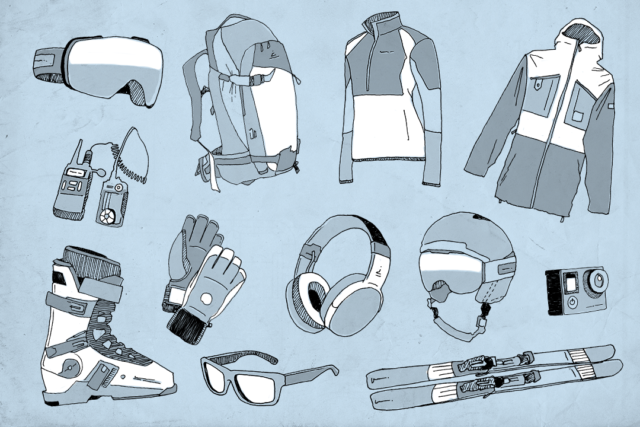
Welcome to another installment of Editor’s Review from FREESKIER. Each week our editorial staff provides in-depth, honest reviews about the gear they’re testing on a weekly basis. Our goal? To point you towards the best brands and products on Earth so you can trust your equipment whole-heartedly and have as much fun in the mountains as possible. Read up on the Backcountry Access Stash 30, below, then visit us again tomorrow for more awesome gear coverage.
On the vast majority of half-day to day-long backcountry outings I rely on packs in the 25 to 32-liter storage range. Some prefer to bring the smallest pack possible that can still carry the essentials, but I don’t mind the minimal added weight if I’m assured I can fit all of my stuff comfortably. On a recent tour in Colorado’s James Peak Wilderness, which took about five-and-a-half hours from car to car, I tested out the Stash 30 from Backcountry Access (BCA).
The biggest pro I found with regards to the Stash 30 was its weight. I had been relying upon a 35-liter pack on my previous few tours, and the Stash 30 felt worlds lighter—far more so than cutting a mere five liters from the capacity should feel.
While the Stash 30’s claimed weight of 3.7 pounds is fairly comparable to other packs in its category—and my experience with a heavier 35 liter pack just the week before certainly played a role—I never felt burdened by the weight on my shoulders throughout the seven mile round trip tour. Even with my avalanche tools, food, two liters of water, extra goggles, extra gloves and my helmet, I felt light and nimble throughout the almost 3,000 feet of vertical ascension.
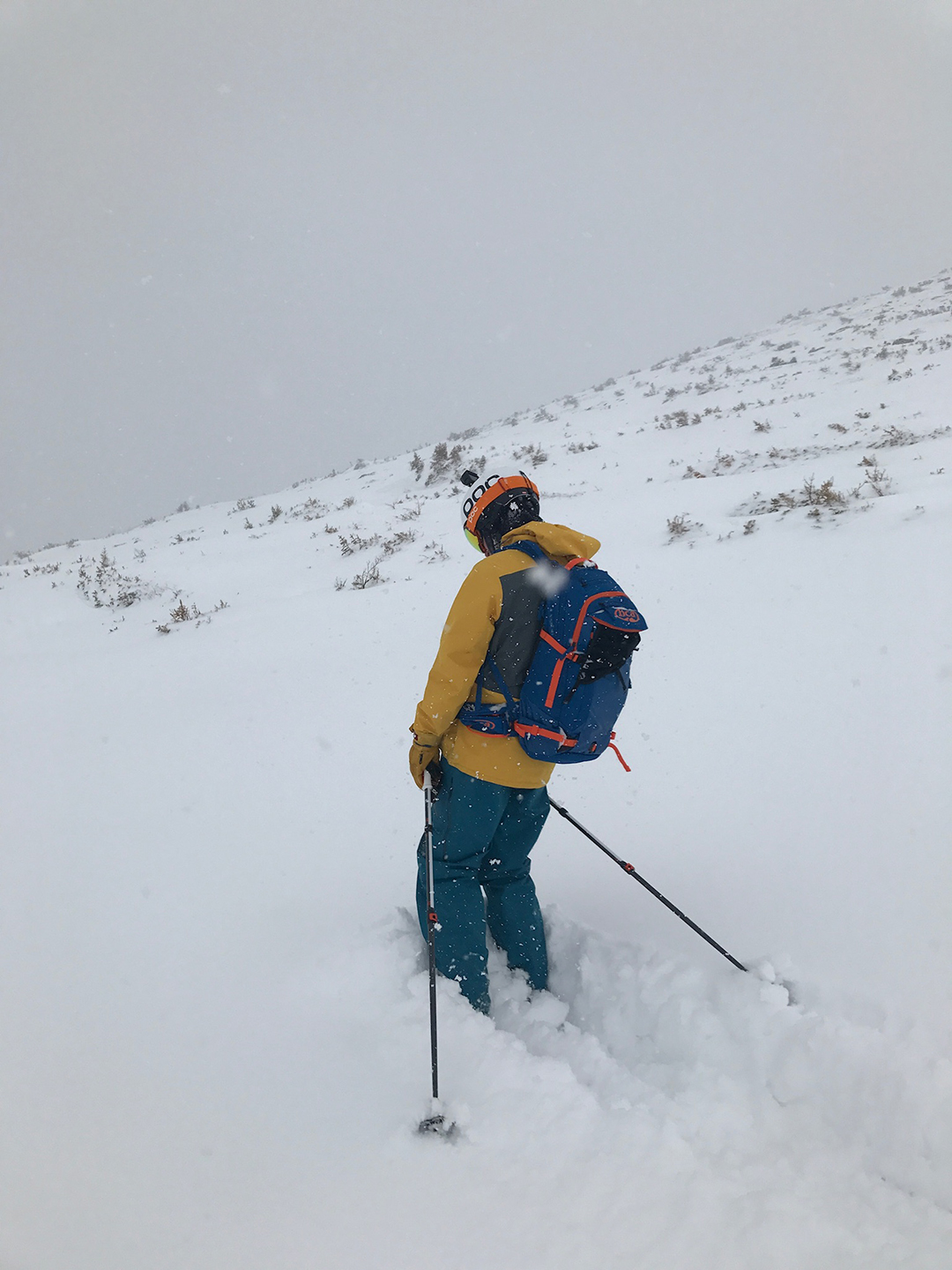
The Stash 30 also features a useful height-adjustable waist belt with three labeled sizes: small, medium and large. A strip of velcro attaches the hip belt to the pack’s back panel, which allows it to be moved up (towards the small position) or down (towards the large) without having to take the pack off. During steeper portions of the climb, specifically the final 1,000 vertical feet, I adjusted the belt to the medium position from large, so that it sat farther up on my waist and butt. This allowed my hips a bit of breathing room which resulted in comfortable (tell that to my lungs) kick-turns and a pleasant skin to the top. After we reached the summit of James Peak and transitioned for the descent, I put it back in the large position, which I prefer on the downhill.
On top of those features, the Stash 30 has everything you could want in a go-to, everyday backcountry pack: top and back panel access, dedicated avalanche tool pocket, vertical, diagonal and A-frame ski carry systems, dual ice axe carry, BC Link radio integration, compression straps, insulated shoulder strap, etc.
A bonus for Denver Broncos fans who reside near FREESKIER’s Boulder, Colorado office (not I, go Giants): The Stash 30 comes in an attractive orange and blue color scheme. — Donny O’Neill, Senior Editor
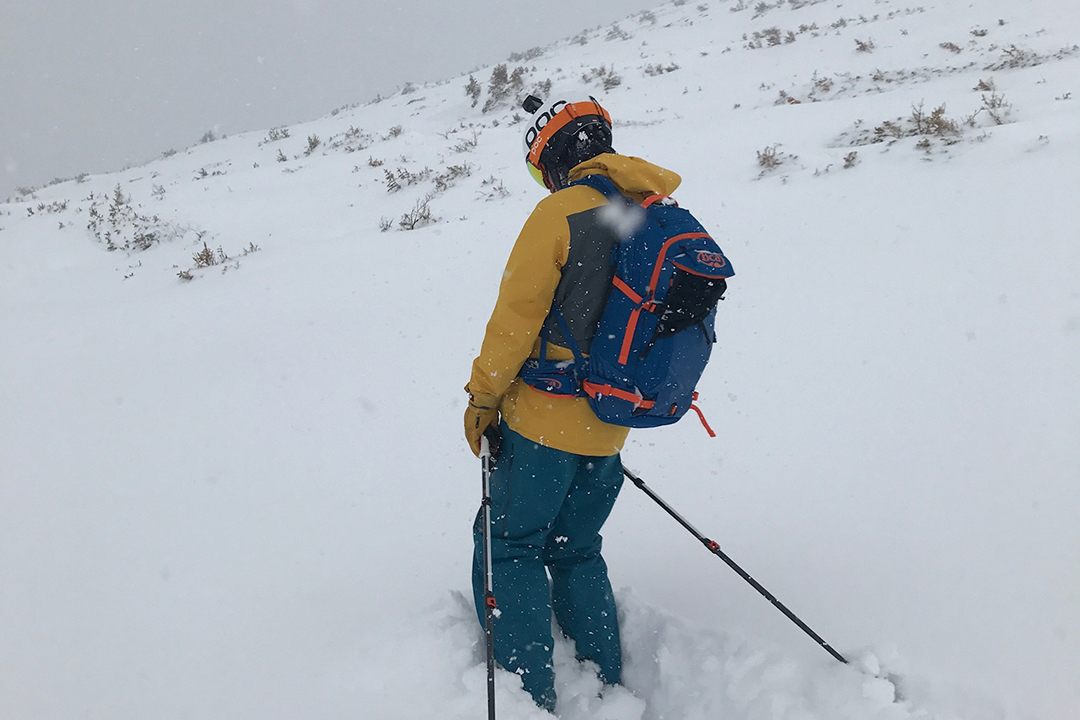
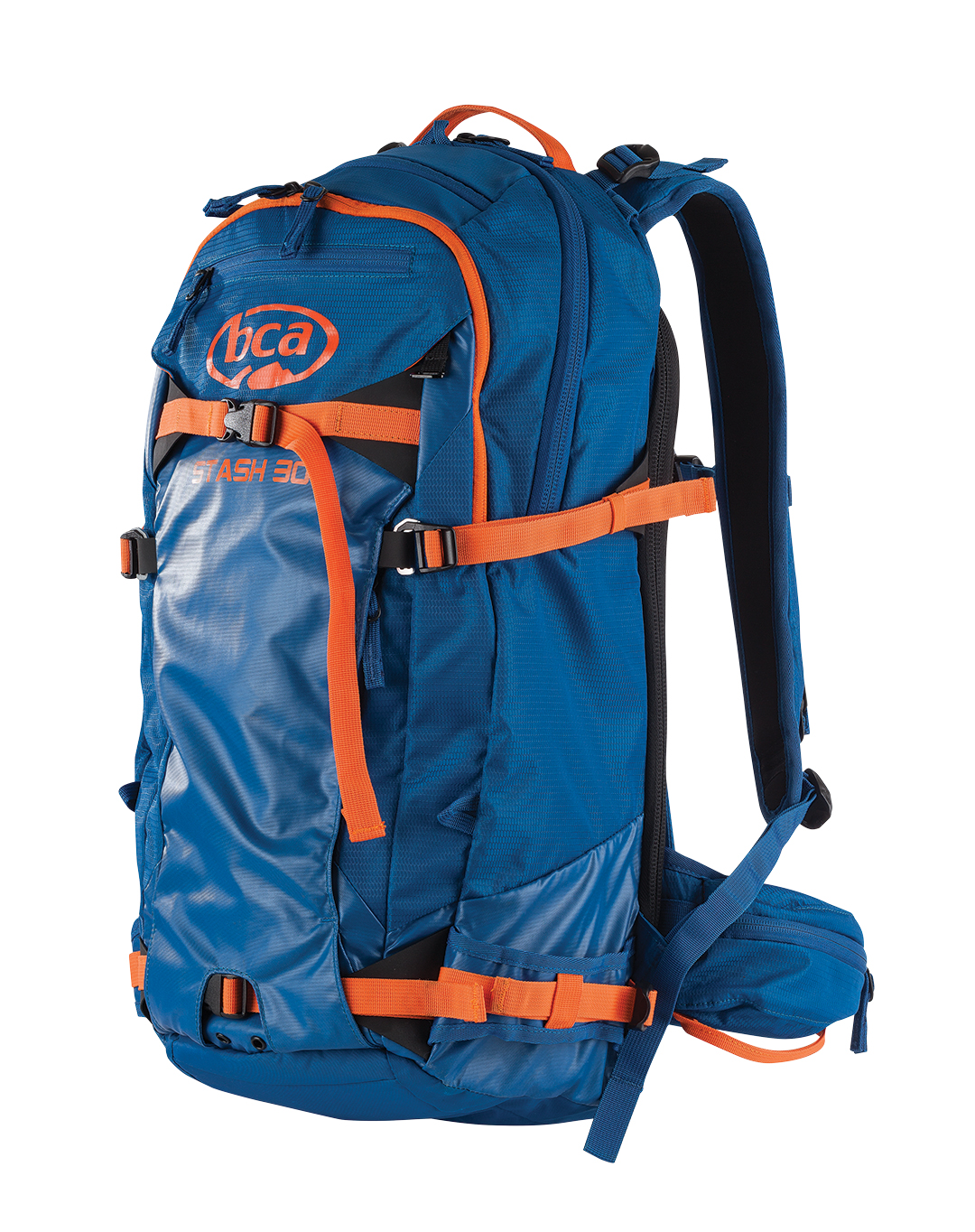
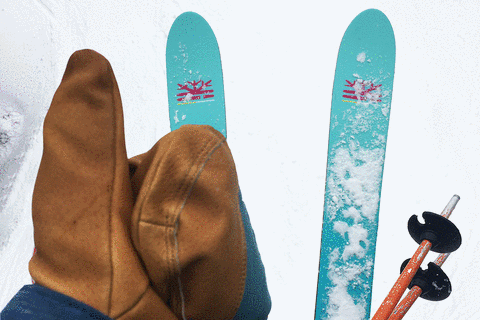

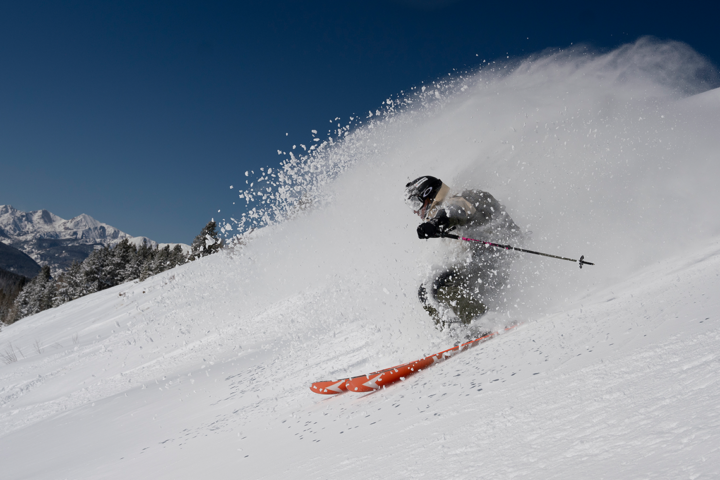
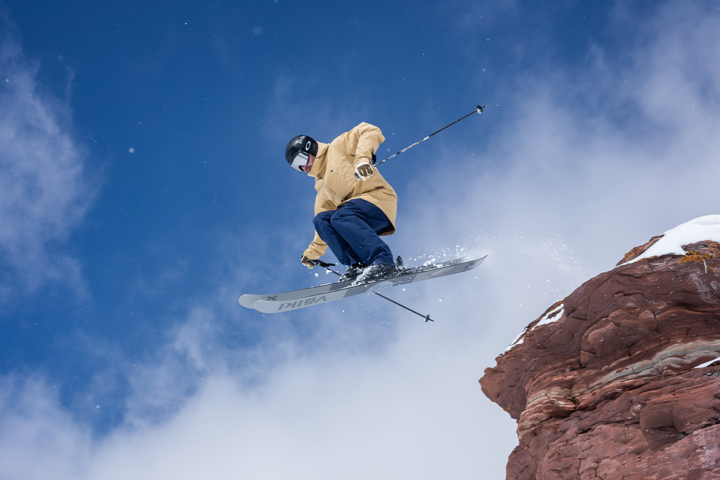

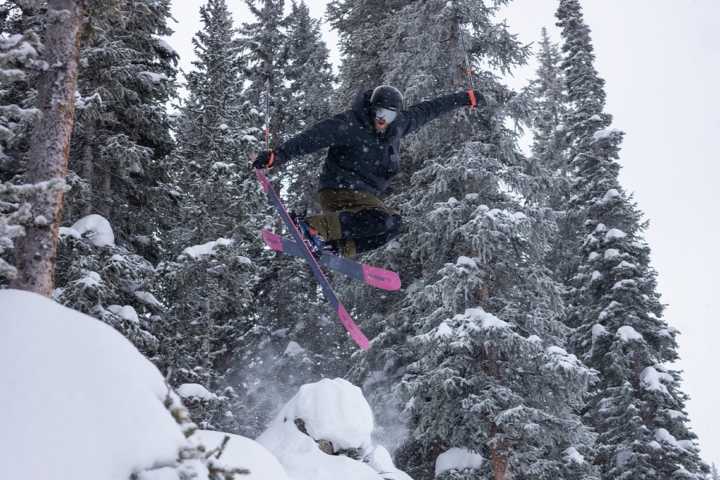
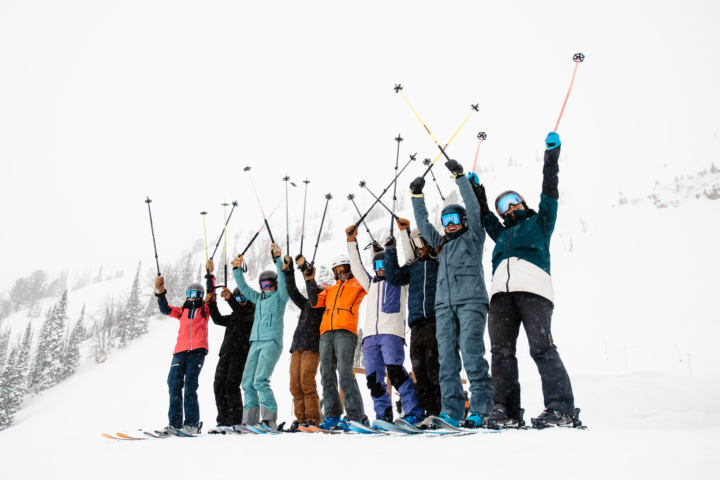
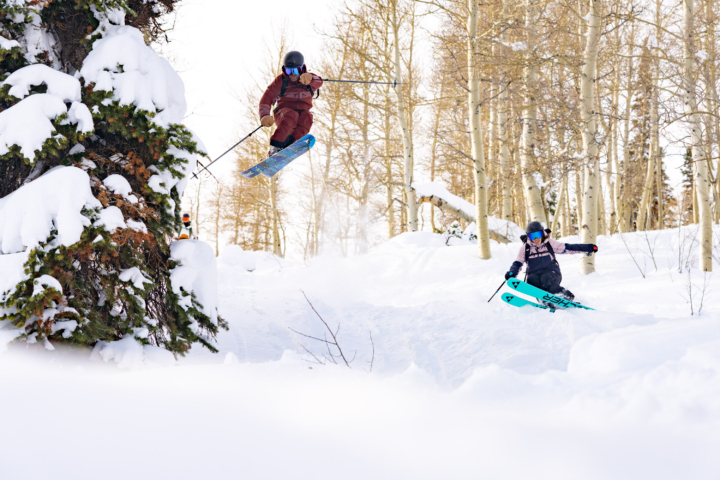
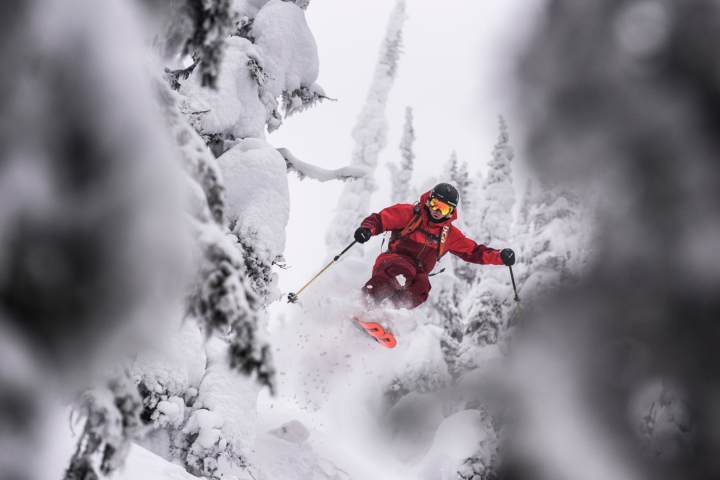
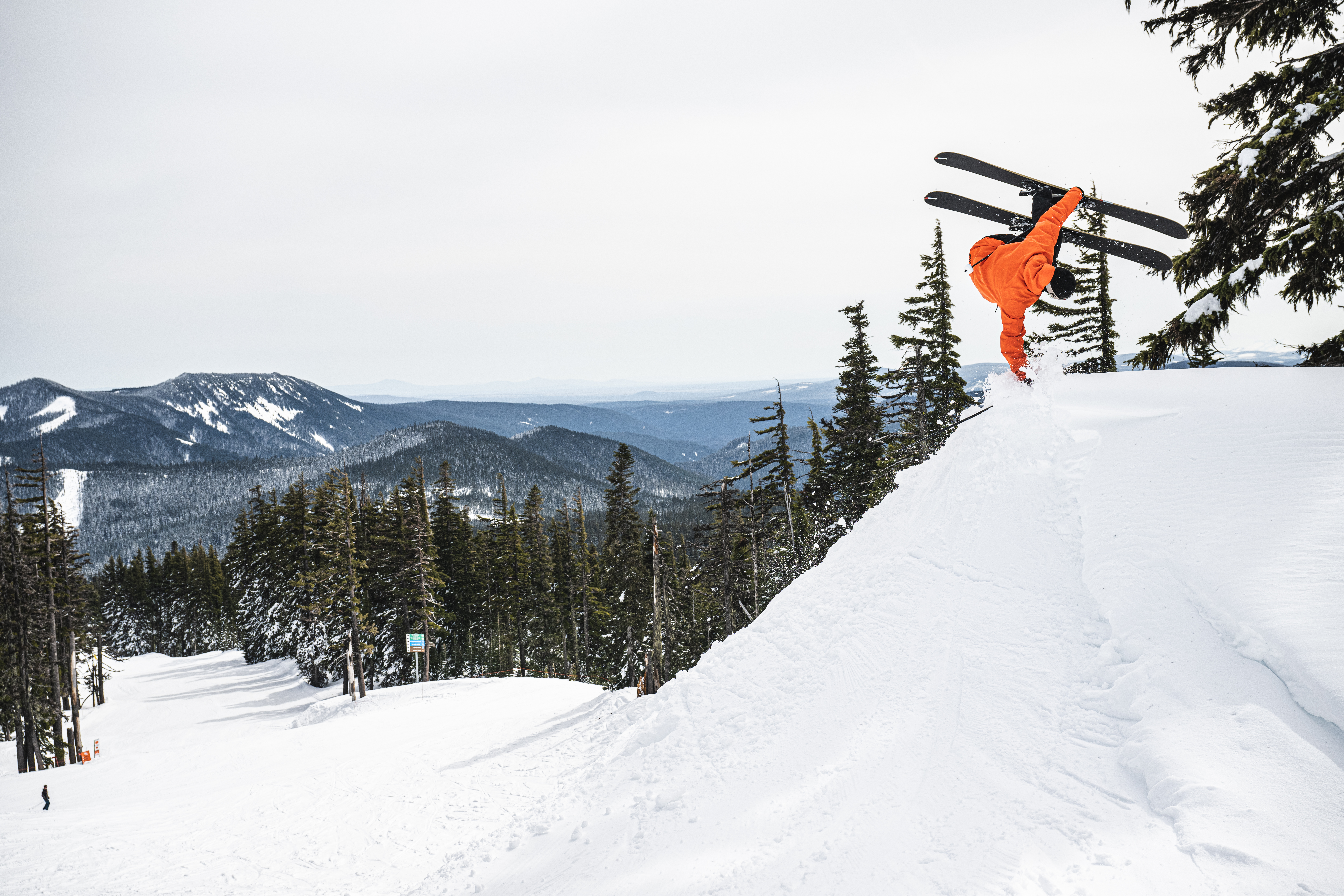
One thought on “Editor’s Review: Backcountry Access Stash 30 backpack”
Comments are closed.